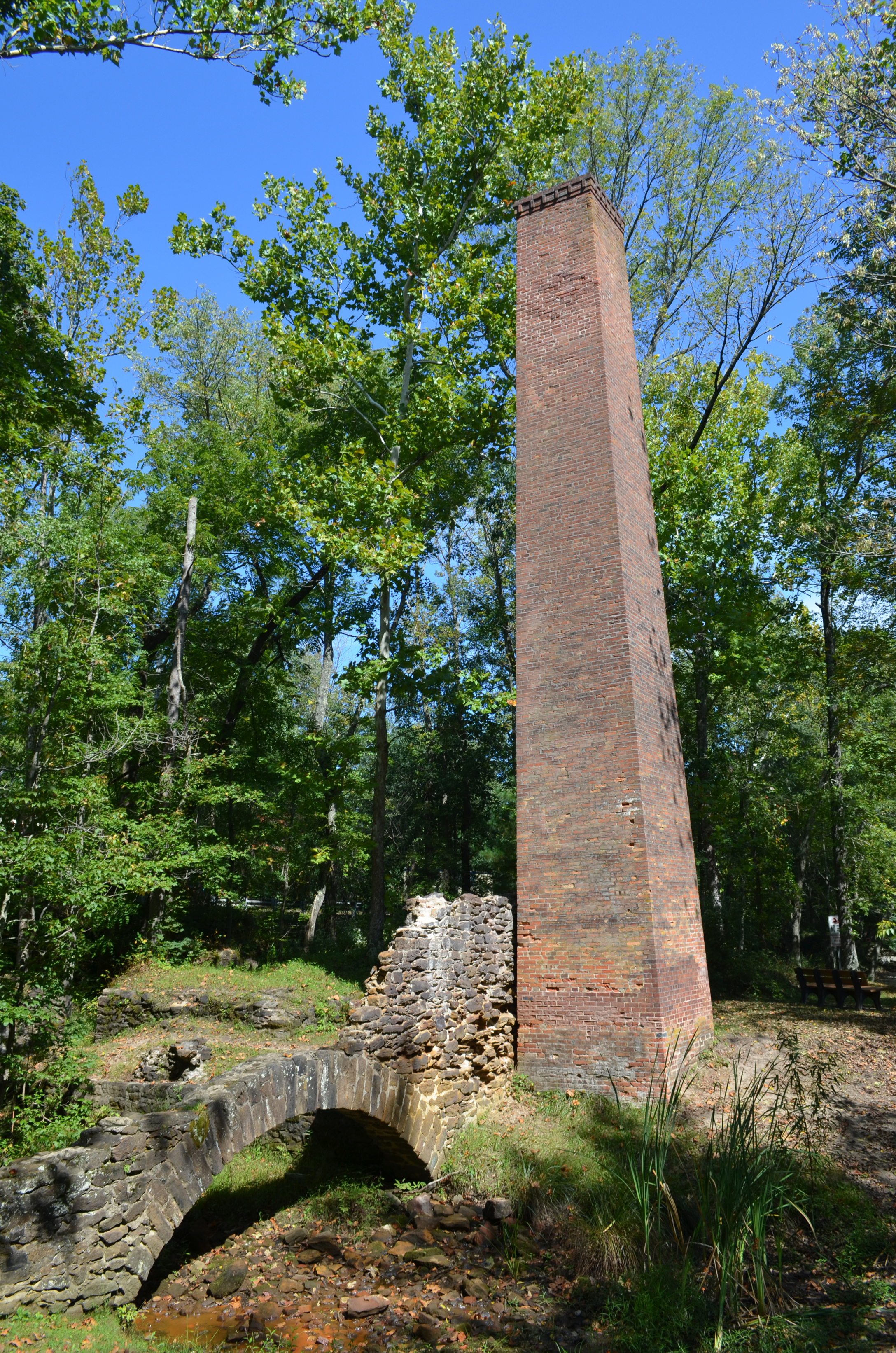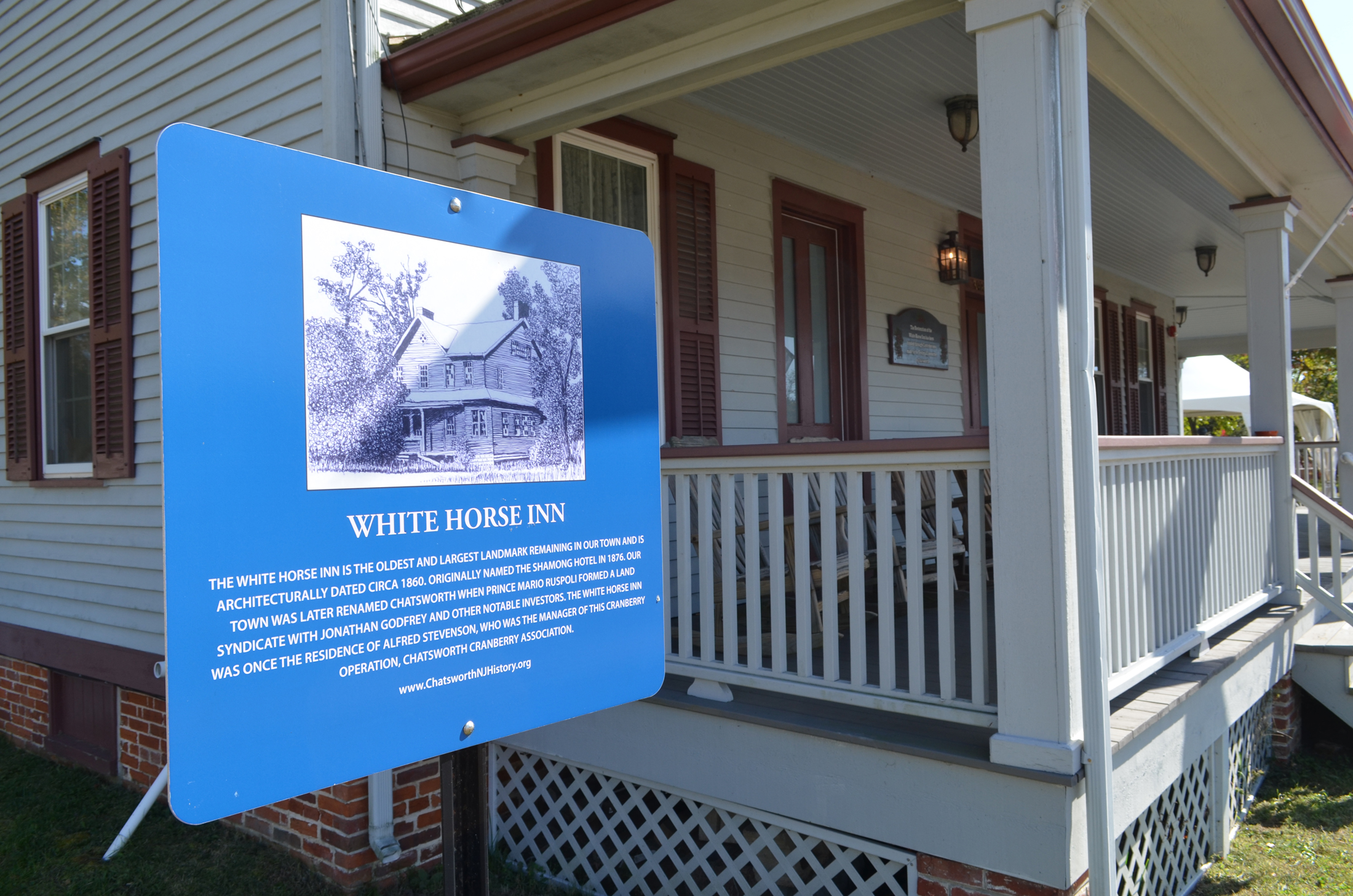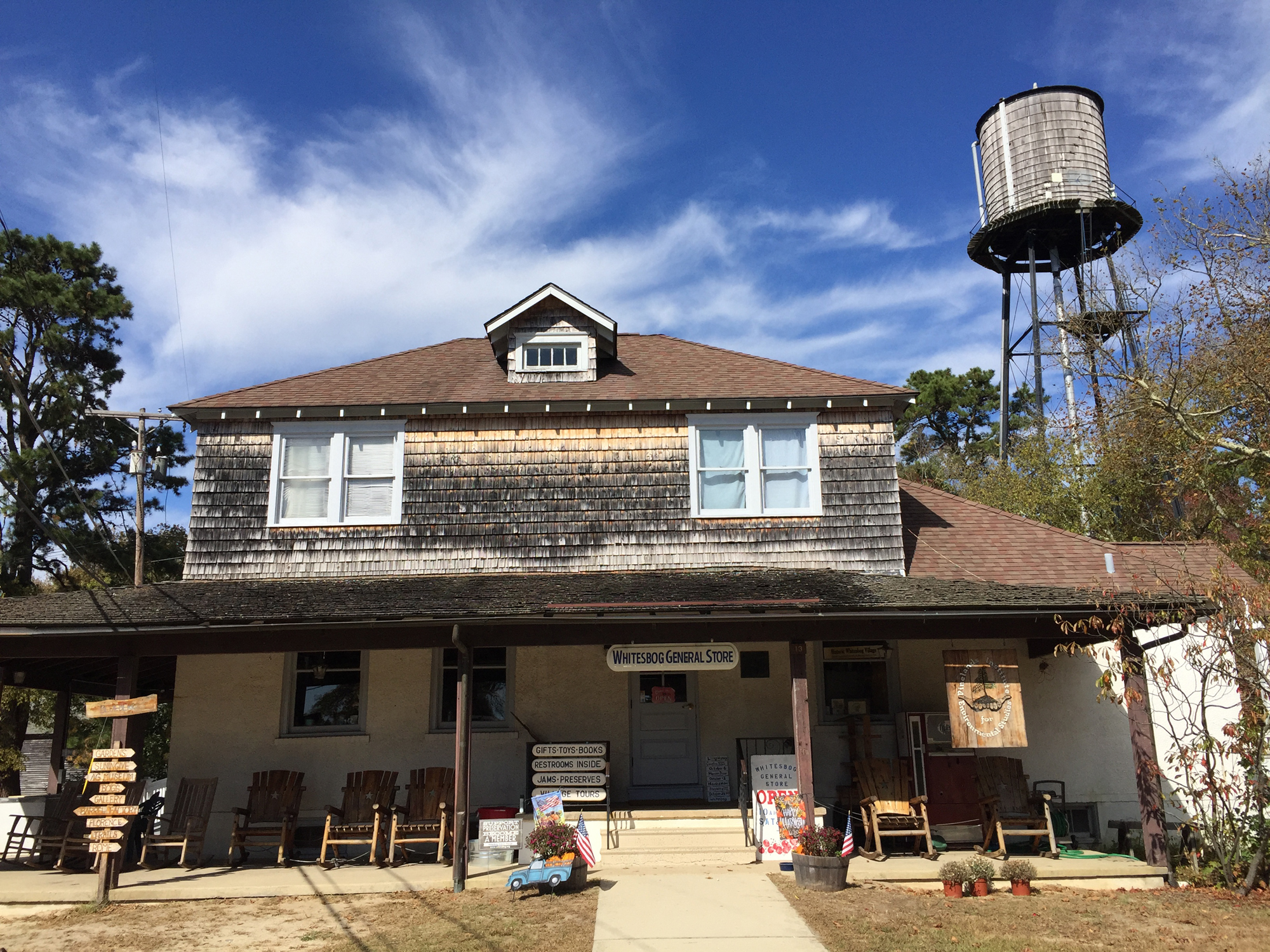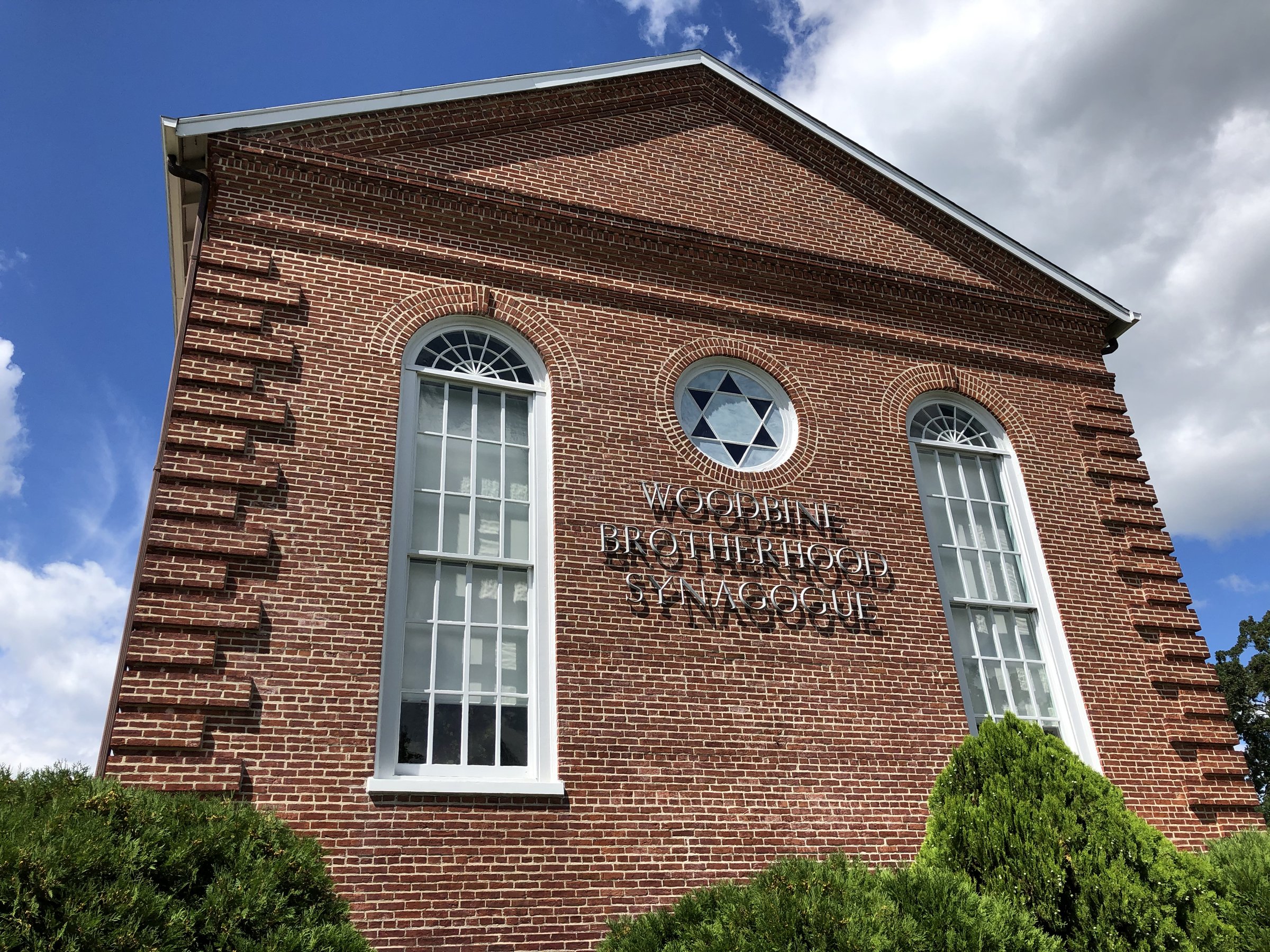Historical Overview
Protecting the Region's Cultural and Historic Resources
Contact Us About Cultural and Historic Sites
Ground Penetrating Radar - Archaeology
Reports and Guidance Documents
Links to Cultural and Historic Sites in the Pinelands
Related Links
.jpg)
Historical Overview
The Pinelands has a long and rich cultural and historic heritage. The area, with its ample natural resources, has been populated by Native Americans for over 10,000 years. Hundreds of Native American archaeological sites have been identified within the Pinelands, and the first Native American Reservation, named Brotherton, was located within the town of Indian Mills in Shamong Township.
European colonists built their first permanent settlements in the area by the end of the 17th century, and the Pinelands is home to some of New Jersey’s earliest industries, such as milling, shipbuilding, ironworks, and glassworks. Cultivation of cranberries began in the first half of the 19th century and New Jersey is still one of the largest producers of cranberries in the world today. Additionally, the first commercial blueberry crop was cultivated at Whitesbog, in Pemberton Township, and remains one of the largest cash-crops in the Pinelands.
Remnants of these histories are still present, or as-yet unknown, and it is one of the primary missions of the Pinelands Commission to preserve and protect these cultural resources for future generations.
Protecting the Region's Cultural and Historic Resources
Firmly embedded in the Pinelands Comprehensive Management Plan (CMP) is the Pinelands Commission’s mandate to identify, record and protect the cultural resources of the Pinelands. These resources, most frequently identified during the course of development application review, range from archaeological sites (both Native American and historic) to above-ground resources such as historic architecture in the form of farmsteads, single or multi-family homes, and a wide variety of structures associated with historic industries and settlement of the Pinelands.
There are two general procedures outlined in the CMP to protect cultural resources in the Pinelands. If a resource is known to be significant (such as those listed or eligible for listing on the National or State Registers of Historic Places), a careful review of all proposed changes or effects to that resource must be undertaken. The municipal Planning Board or Historic Preservation Commission conducts this review and issues the Certificate of Appropriateness if the proposed changes are found to be warranted. The Commission conducts the review and issues the Certificate of Appropriateness for public development.
Additionally, there is a requirement applicable to "major" development applications (generally five or more dwelling units and commercial establishments) and all projects, regardless of size, located in a Pinelands designated historic settlement (village or town). To find out if any significant cultural resources are present on a development site, a survey must be completed by a qualified professional prior to the start of construction. This requirement may be waived if there is little or no likelihood of any historic or prehistoric remains on the site. When this survey identifies the presence of significant cultural resources, a "Certificate of Appropriateness" must be issued before the development project can proceed.
Here is some additional information from the Pinelands Comprehensive Management Plan:
PART XV - HISTORIC, ARCHAEOLOGICAL, AND CULTURAL PRESERVATION
7:50-6.151 Purpose
(a) Historically distinctive resources, including buildings, structures, sites and districts of historic, archaeological, architectural, or cultural importance help to define the Pinelands environment and must be properly managed in furtherance of the following public purposes:
- To effect and accomplish the protection, enhancement, perpetuation and use of improvements and areas of special historic and archaeological interest or value which represent or reflect significant elements of the Pinelands' cultural, social, economic, political and architectural history and prehistory;
- To safeguard the Pinelands' prehistoric, historic and cultural heritage as embodied and reflected in such improvements and areas;
- To stabilize and improve property values in such areas;
- To prevent neglect and vandalism of historic, archaeological and cultural sites;
- To foster pride in the beauty and noble accomplishments of the past; and
- To preserve opportunities for traditional life styles related to and compatible with the ecological values of the Pinelands.
Contact Us About Cultural and Historic Sites
Have a potential archaeological site or historic structure on your property that you would like to share a photo of or even nominate for a formal Pinelands Designation? Contact the Commission’s Cultural Resources Planner at (609) 894-7300 or at marc.paalvast@pinelands.nj.gov.
Ground Penetrating Radar - Archaeology
Ground penetrating radar (GPR) is a remote sensing technique that sends high-frequency radar pulses into the ground and measures the time it takes for each pulse to return after contacting a subsurface object or soil feature. GPR allows archaeologists to map subsurface objects and features at archaeological sites without having to cause any ground disturbance. It is effective at identifying buried buildings and foundations, infrastructure features (wells, trenches, cisterns, etc.), other miscellaneous artifacts, as well as unmarked graves. The data collected during a GPR survey can be useful in determining areas to avoid disturbance (due to the potential presence of buried human remains) as well as assist in planning for future archaeological excavations. Below are links to GPR surveys that the Pinelands Commission archaeologist has conducted.
- St. Mary’s in the Pines - Pleasant Mills, NJ.
- African Methodist Episcopal Church - Tabernacle, NJ.
Reports and Guidance Documents
- The original Pinelands Comprehensive Management Plan (as Adopted on November 21, 1980)
- Guidelines for Cultural Resource Surveys
- List of Prospective Cultural Resource Consultant
- Pinelands Cultural Resource Management Plan for Historic Period Sites
Links to Cultural and Historic Sites in the Pinelands
Atsion Mansion
Batsto Village
Cedar Bridge Tavern
Estellville Glassworks
Fenwick Manor
Weymouth Furnace
Whitesbog Village
Related Links
Pinelands Timeline
Early Settlers Made Iron Here


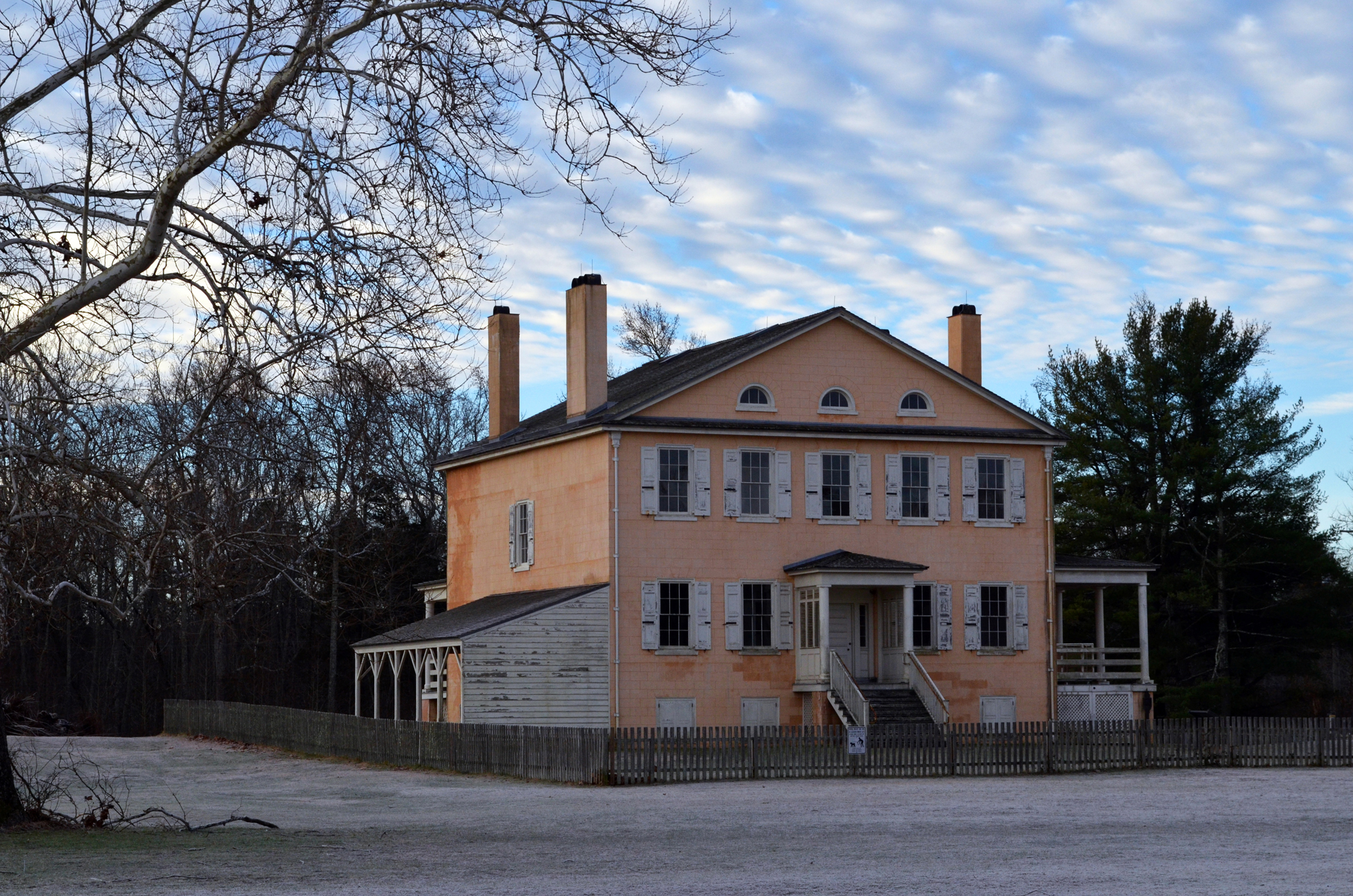
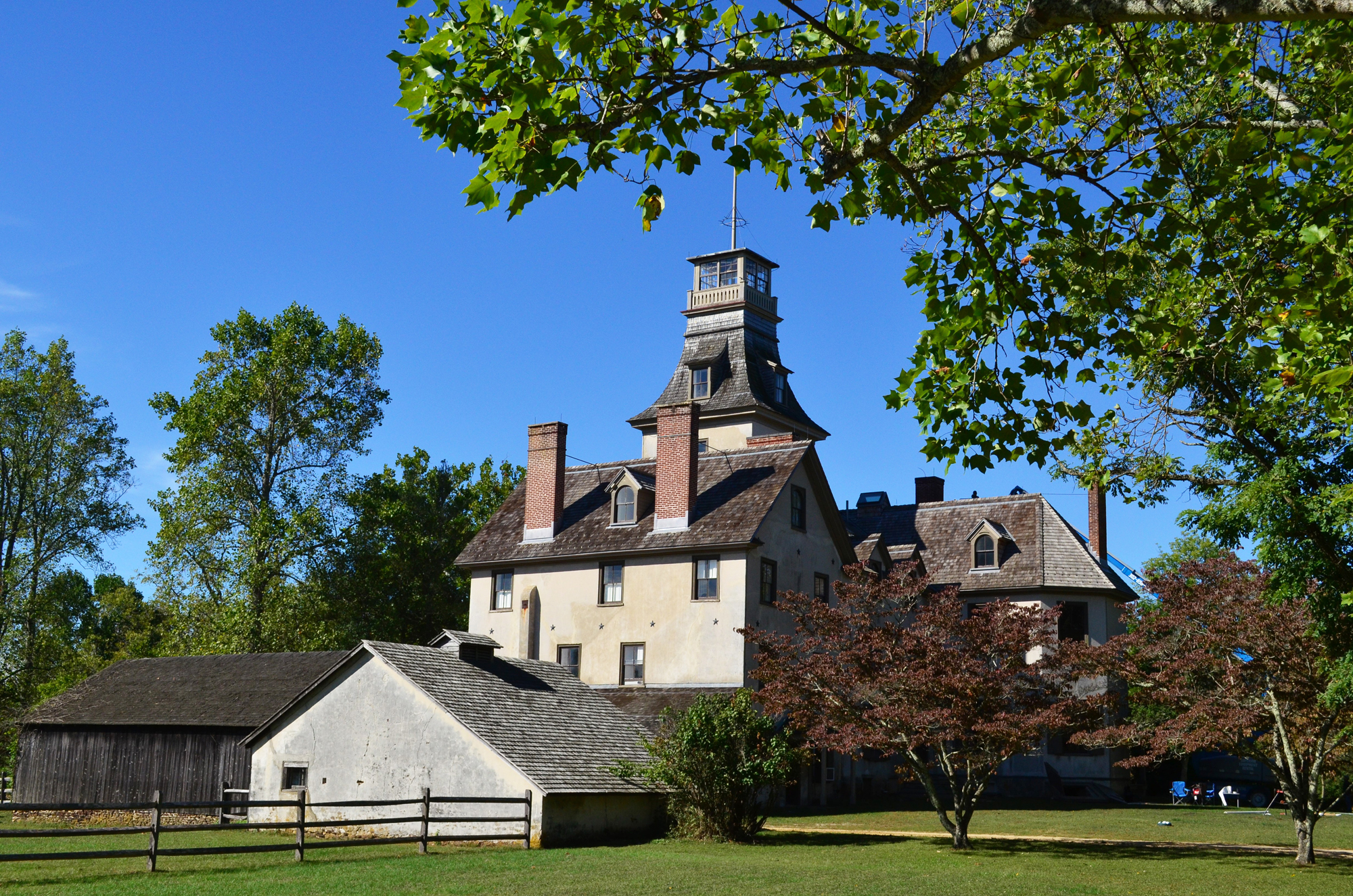
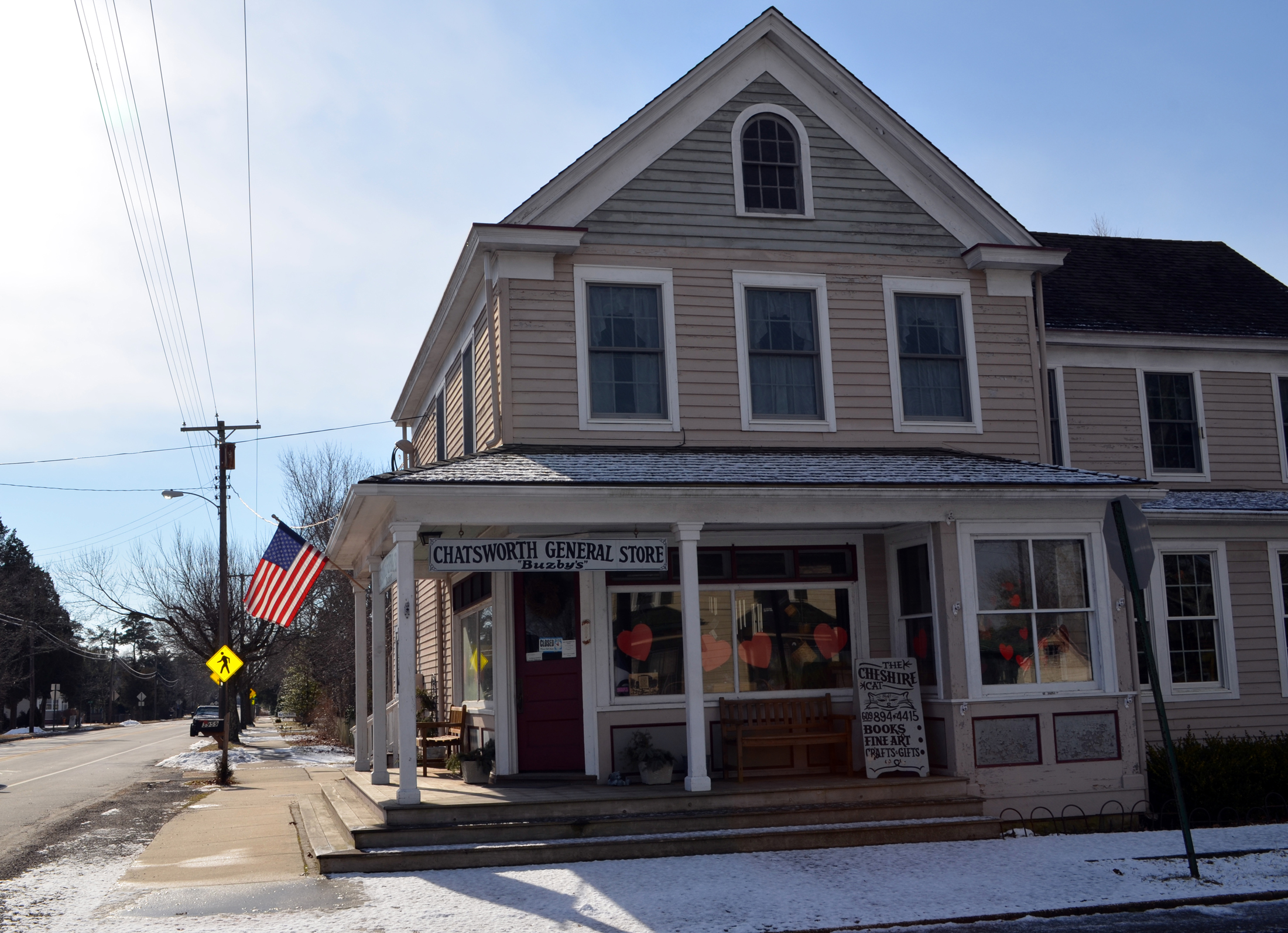
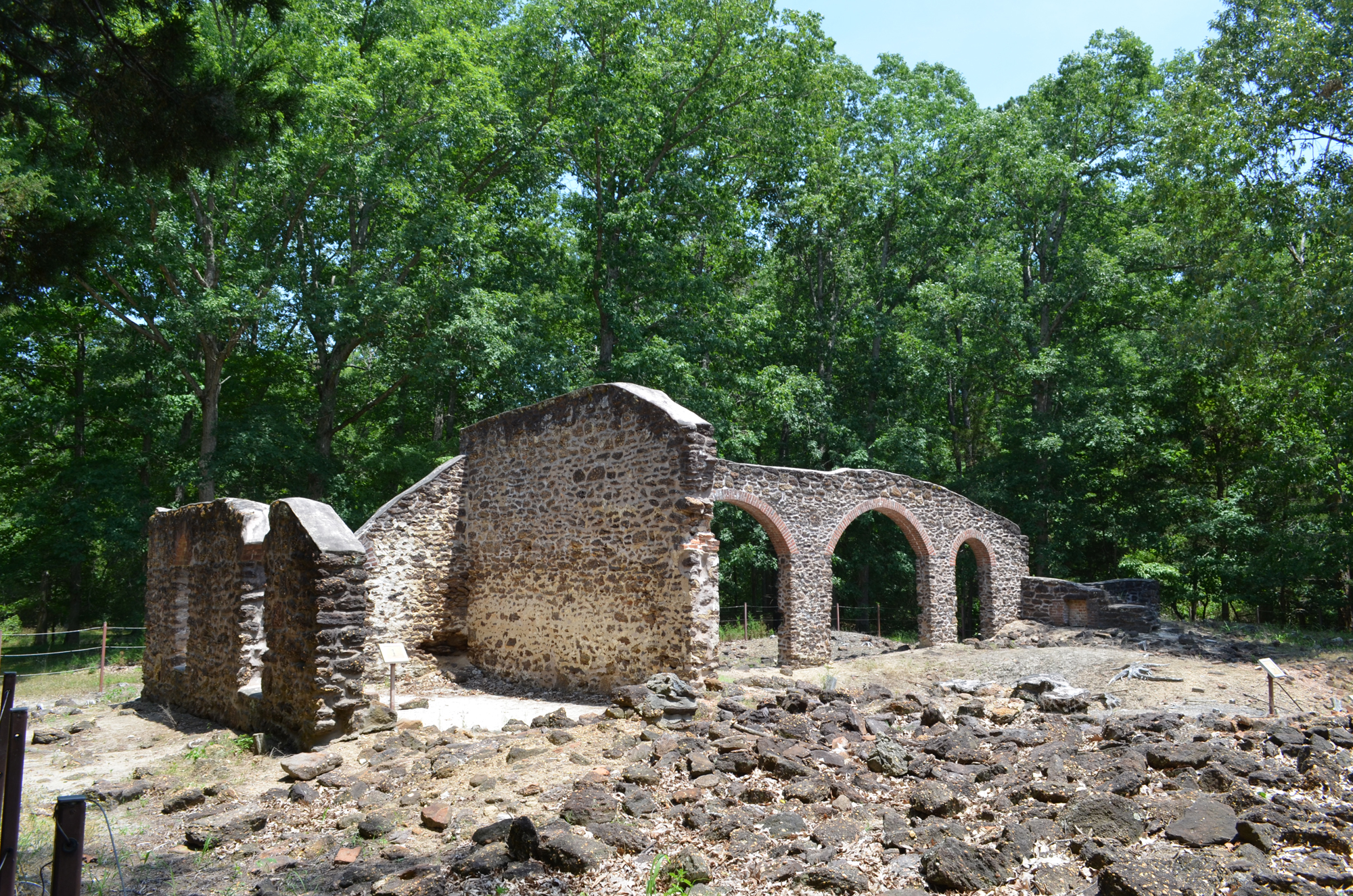
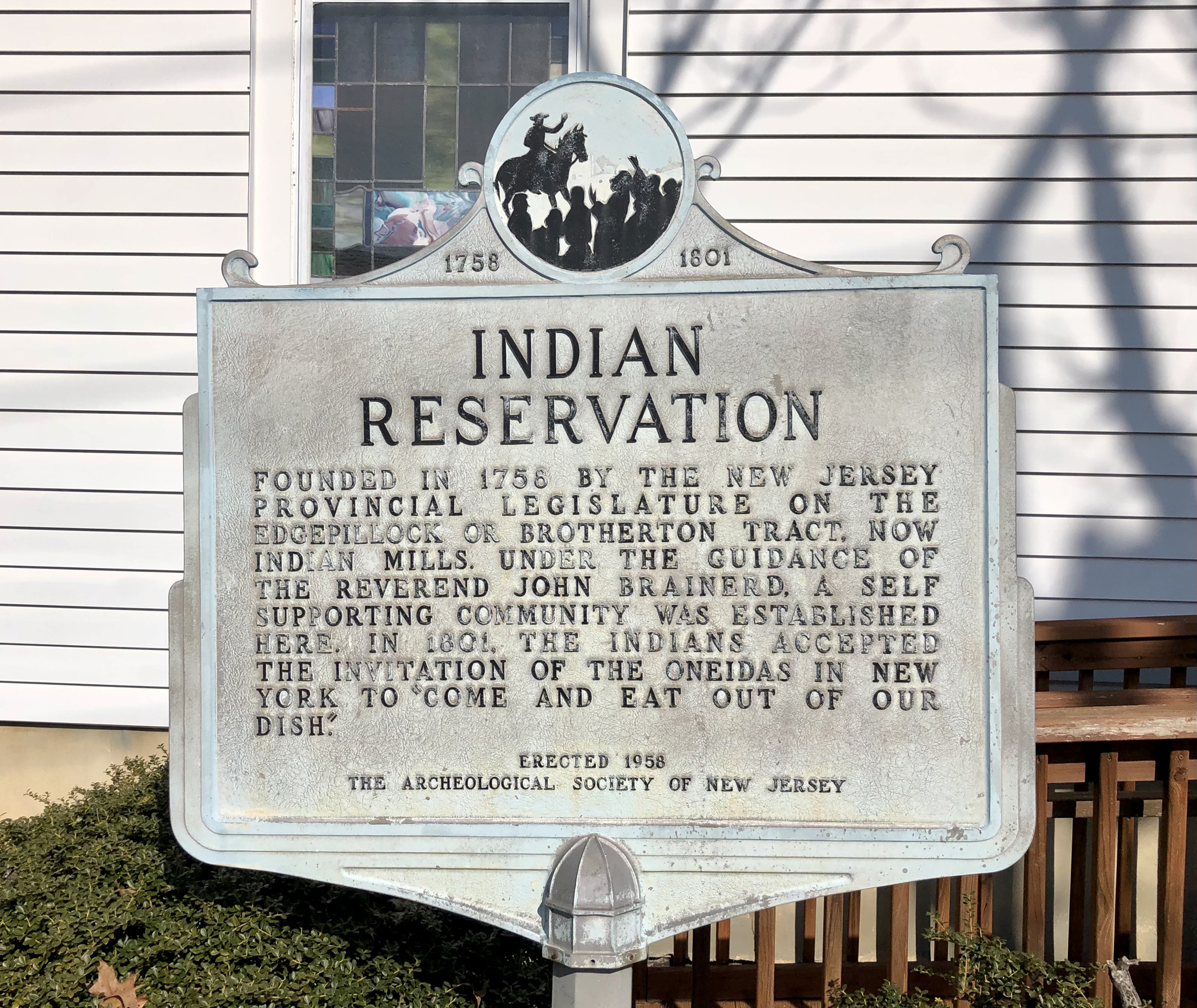
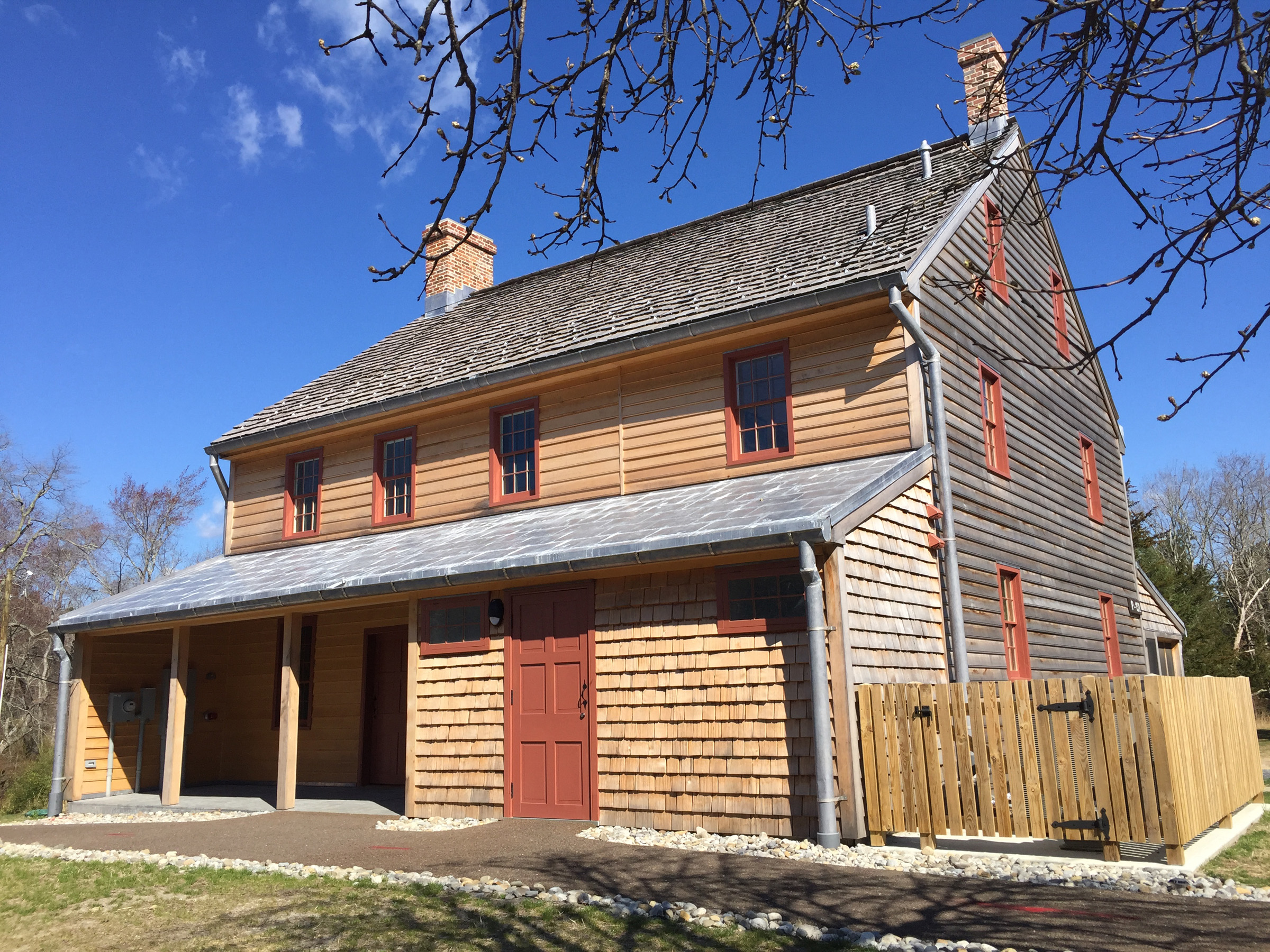
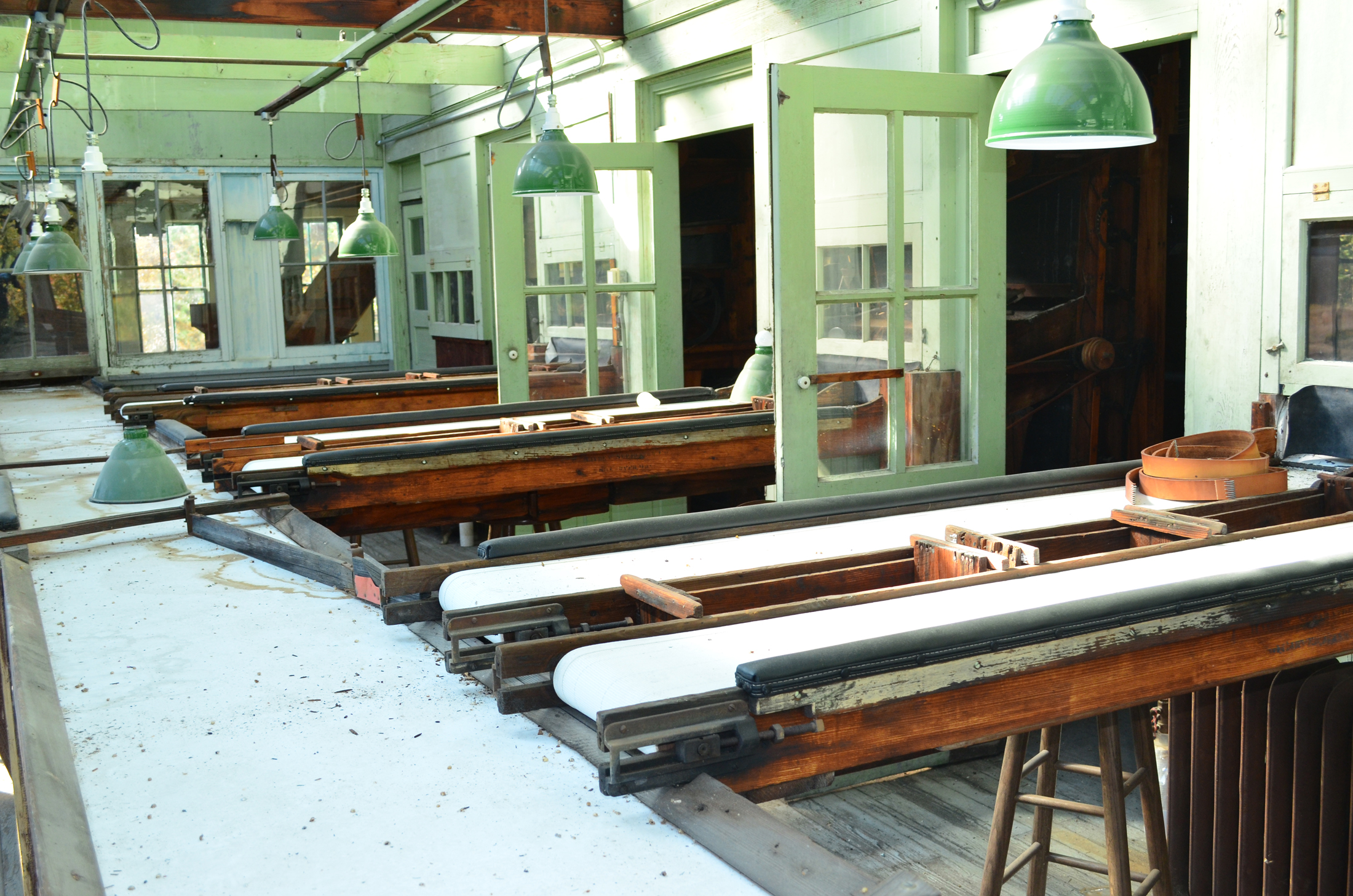
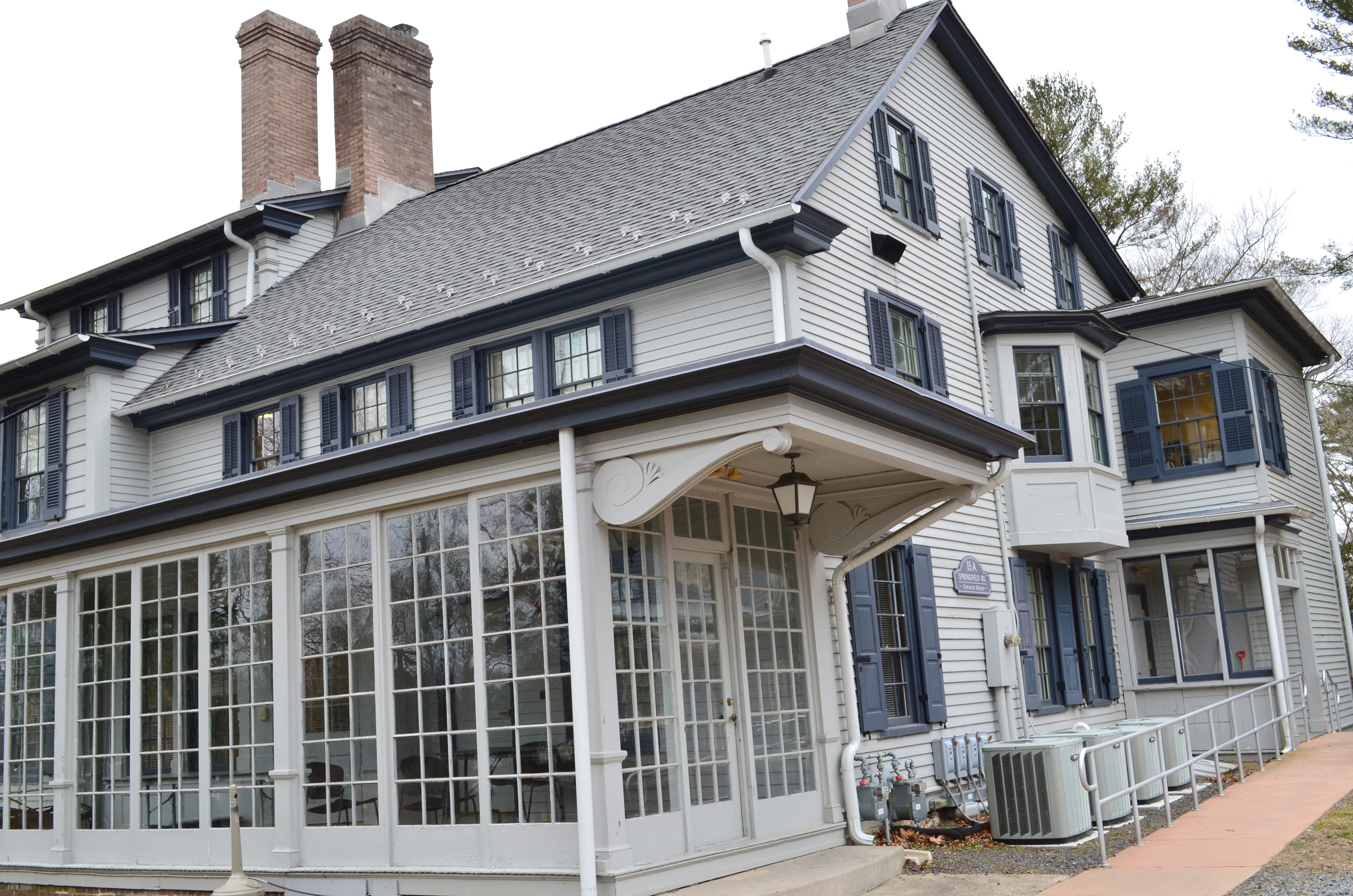
.jpg)
 -- Joel Mott (1).jpg)
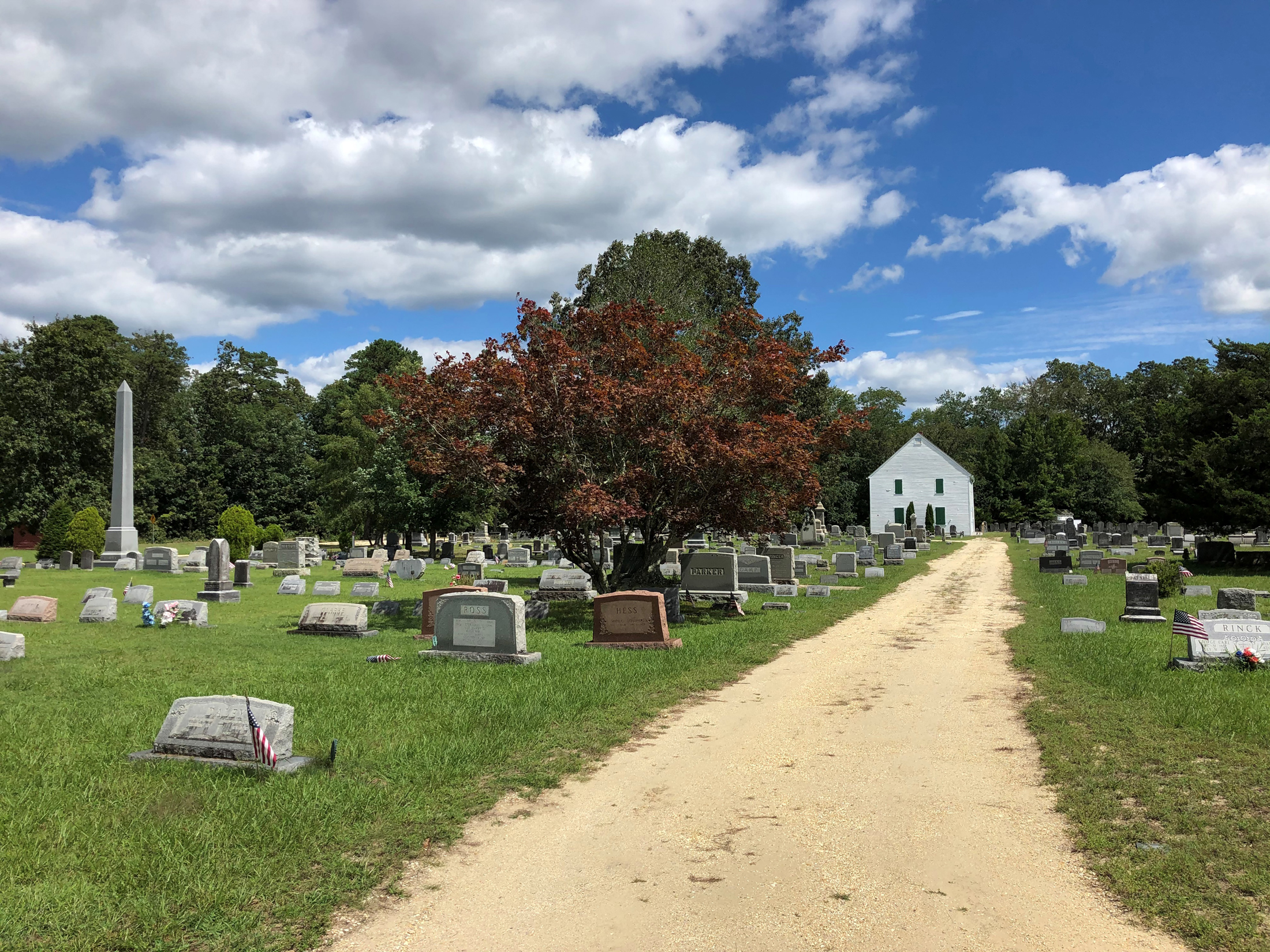
 -- Paul Leakan.jpg)
